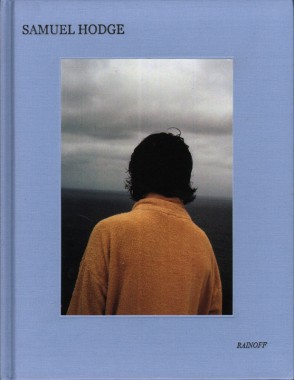
Samuel Hodge, Pretty Telling I Suppose
Hardcover, 72 pp., offset 4/4, 203 x 266 mm
Edition of 500
ISBN 978-0-9806516-0-7
Published by Rainoff Books
$45.00 ·
Foreword by Gert Jonkers.
Art, Culture, Distribution, Gert Jonkers, Photography, Rainoff Books, Samuel Hodge
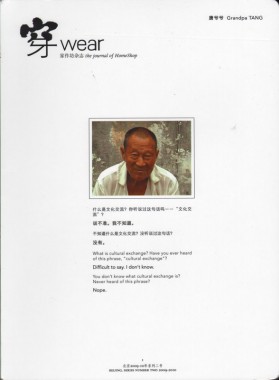
Elaine W. Ho, Wear 2010 (Cultural Exchange)
Hardcover, 80 pp. + 28 pp. insert, offset 4/4, 185 x 250 x 28 mm
Edition of 500
ISSN 2078-8691
Published by HomeShop
out of print
This issue and the second season of HomeShop are marked by a more cynical bent, whereby the pointedness of quotation marks, as in “cultural exchange”, invite investigation into the deeper multiplicities and ambivalence hidden within this overwrought term. Continuing its documentation of daily life in the hutong, Wear number two intertwines HomeShop’s series of exercises in cultural exchange with commentary, imagery and special projects on the topic by contributors such as Carol Yinghua Lu, RAQS Media Collective, Meiya Lin and Michael Eddy. A special 28-page insert has also been created especially for the journal by artist Reinaart Vanhoe.
Wear is the independently published journal of HomeShop, an artists’ initiative located in one of the hutong alleyways in the centre of Beijing. Aiming to be an annual project, WEAR combines an artist book, theoretical reader and social research in printed form. The journal documents the public activities, discussions and interventions organised at HomeShop, also serving as a broader platform from which to gather contributions from artists, writers and the folks in the neighbourhood for a local dialogue and everyday reflection upon the contradictions and dynamism of a fast-changing China.
Anouchka van Driel, Art, Barbara Fang, Beatrice Ferrari, Carol Yinghua Lu, Claude Tao, Culture, Distribution, Elaine Ho, Fashion, Gao Bei, HomeShop, Mai Dian, Meiya Lin, Michael Eddy, Qu Yizhen, Reinaart Vanhoe, Wear, Xia Jian, Yan Teng
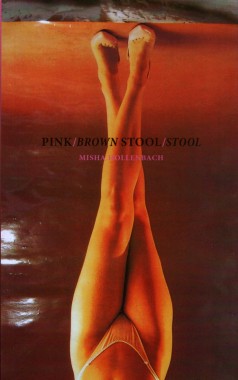
Misha Hollenbach, Pink/Brown Stool/Stool
Softcover, 64 pp., offset 4/4, 4.5 x 7 inches
Edition of 250
ISBN 978-0-9825936-3-9
Published by Seems
out of print
Born last century. Based in Melbourne, Australia. Misha Hollenbach lives and works in many languages, times and places. Hollenbach is one half of the brand Perks and Mini (P.A.M.) a multi media excursion encompassing art, design, fashion, and publishing. He is also part of The Changes, music and art collective.
Hollenbach is influenced by energy, as his work moves through various mediums including sculpture and painting, printed media and collage. Rather than shy away from objects deemed useless, or unwanted, he embraces their meaningless meanings to create an unfamiliar language containing familiar objects. By employing found objects and pairing them with wit and humor, he continues the narrative of the Dada and Pop artists.
In a lineage that extends through Jim Shaw, Andy Warhol and Marcel Duchamp, the rallying around the already readymade repositions things for freer symbolic enterprises. In the re-presentation of shit, Misha touches upon the etymological origins of faeces, which derives from faex, the Latin for dregs. He is using the dregs, things humans have casted away; shit becomes a metaphor for the unwanted.
By putting these outcasts back together with ready mix, the images of the objects do not return to us as they normally should; they lose their original function. With this method, he is breaking our own need to put the image back together in a fixed or familiar way. He strips back the structure of meaning — and this brings about a danger: the readymades return as phantasms and representations of abstract ideas. A Hush Puppy becomes a Push Poopy. Doodoo becomes Dada.
—Timothy Moore
Andy Warhol, Art, Culture, Distribution, Jim Shaw, Marcel Duchamp, Misha Hollenbach, Seems, Timothy Moore
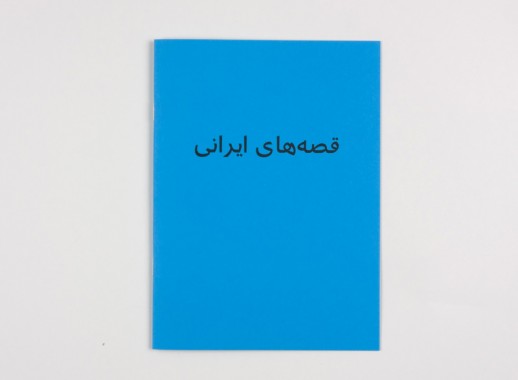
Olaf Knarvik, Iranian Tales
Softcover, 16 pp., offset 4/1, 150 x 210 mm
Edition of 500
Published by Aki Books
$9.00 ·
Aki Book No. 3
Aki Books, Culture, Distribution, Olaf Knarvik, Photography
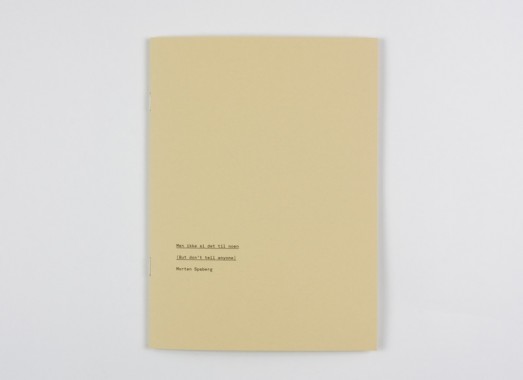
Morten Spaberg, Men ikke si det til noen (But don’t tell anyone)
Softcover, 20 pp., offset 1/1, 150 x 210 mm
Edition of 500
Published by Aki Books
$9.00 ·
Aki Book No. 2
Aki Books, Distribution, Morten Spaberg, Photography
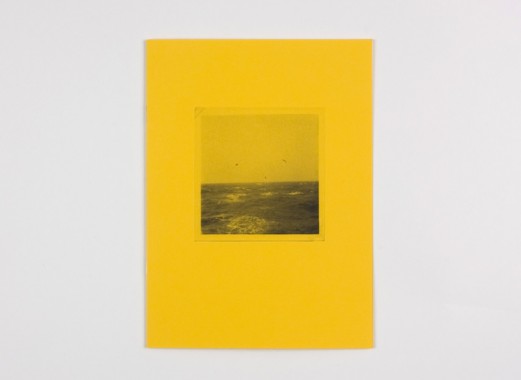
Aslak Gurholt Rønsen, Summer of 66
Softcover, 12 pp., offset 1/1, 150 x 210 mm
Edition of 500
Published by Aki Books
$9.00 ·
Aki Book No. 1
Aki Books, Art, Aslak Gurholt Rønsen, Distribution, Photography
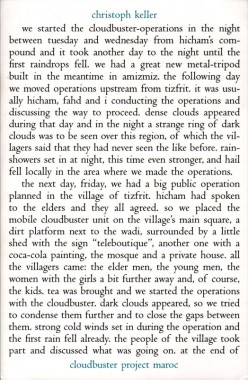
Christoph Keller, Cloudbuster Project Maroc
Softcover, 192 pp., offset 2/4, 110 x 170 mm
French, English, German, Arabic
Edition of 250 for each language
Published by Christoph Keller
$15.00 ·
In 2008, German artist Christoph Keller traveled through Morocco with his own version of Wilhelm Reich’s cloudbuster machine to engage local people in the age-old process of conjuring rainstorms. This artists book, which combines cinematic flip-book elements with more straightforward photo documentation, is a record of Keller’s project. Small color photographs depict the cloudbuster machine being built and used to make rain in four different locations. The only explanatory text appears on the book’s cover, which in this case is printed in English.
Africa, Art, Christoph Keller, Cloudbuster, Culture, Distribution, Manuel Raeder, Morocco, Wilhelm Reich
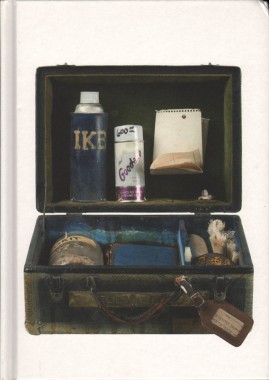
Robert Pincus-Witten and Rotraut Klein-Moquay, Yves Klein: USA
Hardcover, 204 pp., offset 4/1, 176 x 242 mm
Edition of 2000
ISBN 978-291627-564-2
Published by Editions Dilecta
$32.00 · out of stock
This book, produced in collaboration with the Yves Klein Archives, recounts the relationship between Yves Klein, one of the major artists of the postwar period, and the United States — a relationship of mutual fascination and reciprocal influence. Numerous documents, many of them previously unpublished, bear witness to the close ties that Klein forged with the U.S. The rising stars of the early 1960s American art scene (Robert Rauschenberg, Jasper Johns and Frank Stella, plus Marcel Duchamp) all make an appearance here, as does President Eisenhower! The book includes an interview with Rotraut Klein-Moquay, who talks about her trip to the United States with Yves Klein in 1961, as well as the artist’s comments on his own work. It also includes a hitherto unpublished essay by the American critic Robert Pincus-Witten, who met the protagonists of this story when he worked for dealer Leo Castelli.
In the spring of 1961, Yves Klein and his fiancee Rotraut Uecker, a distinguished artist herself, were en route to New York City. Leo Castelli, a leading American art dealer, had scheduled an exhibition of the work of “Yves le Monochrome” (as the painter had styled himself), to begin on April 11th. The exhibition marked Klein’s first solo show in the United States and its closing, set for the 29th of that month, virtually coincided with the artist’s thirty-third birthday, celebrated just the day before.
At the time, apart from the focus of a circle of fellow artists, noted critics and European dealers, a few alert collectors and many incensed detractors, Klein was still far from being recognized as the most influential artist to have emerged in postwar France — as he is regarded today; nor would one even dream that in scarcely more than a year he would be dead.
Art, DAP, Frank Stella, Jasper Johns, Leo Castelli, Marcel Duchamp, Robert Pincus-Witten, Robert Rauschenberg, Rotraut Klein-Moquay, Rotraut Uecker, Yves Klein
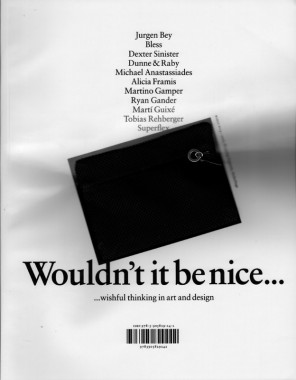
Katya Garcia-Anton and Emily King, Wouldn’t it be nice
Softcover, 300 pp., offset 4/1, 232 x 297 mm
Edition of 2000
ISBN 978-3-905829-24-2
Published by JRP|Ringier
$42.00 ·
Contemporary culture is witnessing one of the most significant shifts of recent times. The old dividing lines between artists and designers appear to be dissolving into one another. Indeed the breadth and range of investigation and inspiration they share is possibly the widest to date. This publication
Wouldn’t it be nice hopes to present a series of projects emerging from these lines of dissolution, which reflect the current spirit of cultural production internationally.
The publication includes interviews with Jurgen Bey, Bless, Dexter Sinister, Dunne & Raby and Michael Anastassiades, Alicia Framis, Martino Gamper, Ryan Gander, Martí Guixé, Tobias Rehberger, and Superflex. Fully illustrated, the book presents a number of projects that have been specially commissioned for the exhibition. Quoting the aesthetic of the glossy magazine, the publication is designed by London-based group Graphic Thought Facility, and has attached to each cover a Bless N°14–2000, Shopping Supports Stickerbags self-adhesive purse/multiple.
Alicia Framis, Art, Bless, Christian Brändle, Criticism, DAP, Dexter Sinister, Emily King, Fashion, Jean-Pierre Greff, JRP|Ringier, Jurgen Bey, Katya Garcia-Anton, Martí Guixé, Martino Gamper, Ryan Gander, Theory, Tobias Rehberger
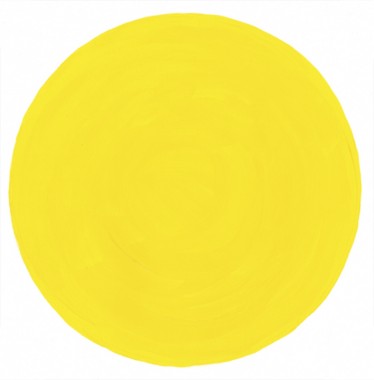
Cranfield and Slade, 12 Sun Songs
Hardboard/sleeve, yellow vinyl record + poster, offset 2/1, 315 x 315 mm
Edition of 2000
ISBN 978-3-03764-063-0
Published by JRP|Ringier, CK editions
$20.00 ·
Cranfield and Slade: 12 Sun Songs is a yellow vinyl album made up of covers of pop songs about the sun. Aping a 1970s concept album, Cranfield and Slade present twelve songs arranged to represent a day, beginning with songs about sunrise and winding down with songs about sunsets. Tracks range from classics such as George Harrison’s
Here Comes the Sun and The Kinks’
Waterloo Sunset, to the lesser-known
Sun by singer-songwriter Margot Guryan or
Where Evil Grows by Vancouver’s The Poppy Family. The album combines field recordings made in various Vancouver locations with electronic sound and acoustic and electric instruments. The liner notes for “12 Sun Songs” were written by celebrated Canadian poet and critic Peter Culley.
Based in rainy Vancouver, Cranfield and Slade is made up of visual artist Kathy Slade and artist/musician Brady Cranfield, working with musicians including Larissa Loyva (Piano, Kellarissa), Johnny Payne (Victoria Victoria, The Shilos), and Chris Harris (Piano, Parks and Rec, The Secret Three, Womankind); and special guests John Collins (The New Pornographers, The Evaporators) and artist Rodney Graham (The Rodney Graham Band, UJ3RK5).
Art, Chris Harris, Christoph Keller, CK editions, Cranfield and Slade, DAP, George Harrison, John Collins, Johnny Payne, JRP|Ringier, Larissa Loyva, Margot Guryan, Music, Performance, Peter Culley, Rodney Graham
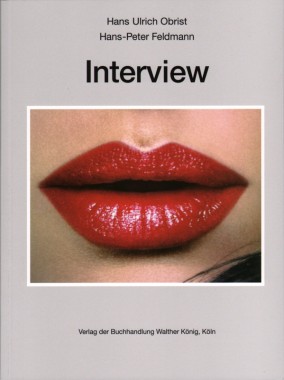
Hans Ulrich Obrist and Hans-Peter Feldmann, Interview
Softcover, 130 pp., offset 4/1, 165 x 220 mm
English and German
Edition of 2000
ISBN 978-3-86560-660-0
Published by Walther König
$49.00 · out of stock
Hans Ulrich Obrist and Hans-Peter Feldmann, who have known each other for around 20 years, talked about the possibility of an interview for quite some time. They finally decided that Obrist pose the questions in writing, and Feldmann answer each of them with a picture.
Art, DAP, Hans Ulrich Obrist, Hans-Peter Feldmann, Interview, Photography, Pictures, Walther König
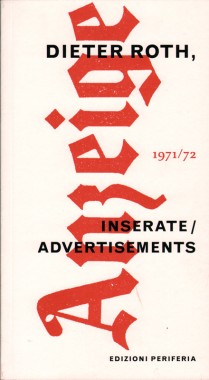
Dieter Roth, Inserate/Advertisements 1971/1972
Softcover, 156 pp., offset 2/1, 110 x 205 mm
English and German
Edition of 2000
ISBN 978-3-907474-77-8
Published by Edizioni Periferia
$19.00 · out of stock
Actionist, maker of objects, writer and graphic artist Dieter Roth created an exceptionally diverse and convoluted oeuvre. In Lucerne he published a series of small ads twice weekly in the newspaper Anzeiger Stadt Luzern und Umgebung, consisting of an aphorism and signed by his initials. Embedded in advertisements from real life, these ads conjured the surreal, subversive side of existence as in statements like “A good beginning is an evil end”, “A tear is as evil as a good word” and “Two tears are better than five stones”. The paper’s bourgeois readers raised such a protest over the disturbance of their peace by such enigmatic profundity that the paper felt compelled to terminate publication after 248 ads. From 1973 to 1979, Roth published his statements in artist’s books, titled The Sea of Tears (with the original pages of the newspaper) and Sea of Tears 1–5. This is the first complete, chronological publication of the ads, along with an English translation.
Art, Barbara Wien, Criticism, DAP, Dieter Roth, Edizioni Periferia, Stephan Fiedler
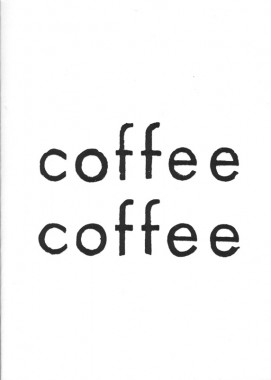
Aram Saroyan, Coffee Coffee
Softcover, 88 pp., offset 1/1, 5 x 7 inches
Edition of 1000
ISBN 978-0-9788697-5-5
Published by Primary Information
$10.00 ·
Infamous artist book by one of the 1960s most controversial poets.
Coffee Coffee was originally published as a mimeographed edition by Vito Acconci and Bernadette Mayer on their 0 To 9 press in 1967. True to Saroyan’s minimalist approach of the time,
Coffee Coffee’s pages contain one word (sometimes 2 and once or twice, 3), each pulling you to the next (revolving door-like). Selections from
Coffee Coffee appear in the recent anthology
Complete Minimal Poems (Ugly Duckling Presse) edited by Primary Information co-founder James Hoff; however, this is the first time that this work has appeared in its complete and initial form since 1967.
“In the late Sixties, when I called myself a poet, Aram was the poet I envied. Because you couldn’t be sure if he was fooling or if he had really gotten to all there is to get. Because while the rest of us tried to be verbs, like everybody told us to do, he had the nerve to stop at nouns. Because he took a deep breath and willed himself into the self-confidence of naming. Because it wasn’t ‘nouns,’ it was ‘noun,’ only one noun, because he boiled it all down to one. Because then he let himself go, he let himself stutter, he let the one go and let the one double and go out of focus: while the rest of us ran for our lives all over the place and over the page, his noun shimmered and breathed and trembled and moved-shh! softly, softly-from within.”
—Vito Acconci
Aram Saroyan, Art, Bernadette Mayer, DAP, James Hoff, Performance, Poetry, Primary Information, Vito Acconci












